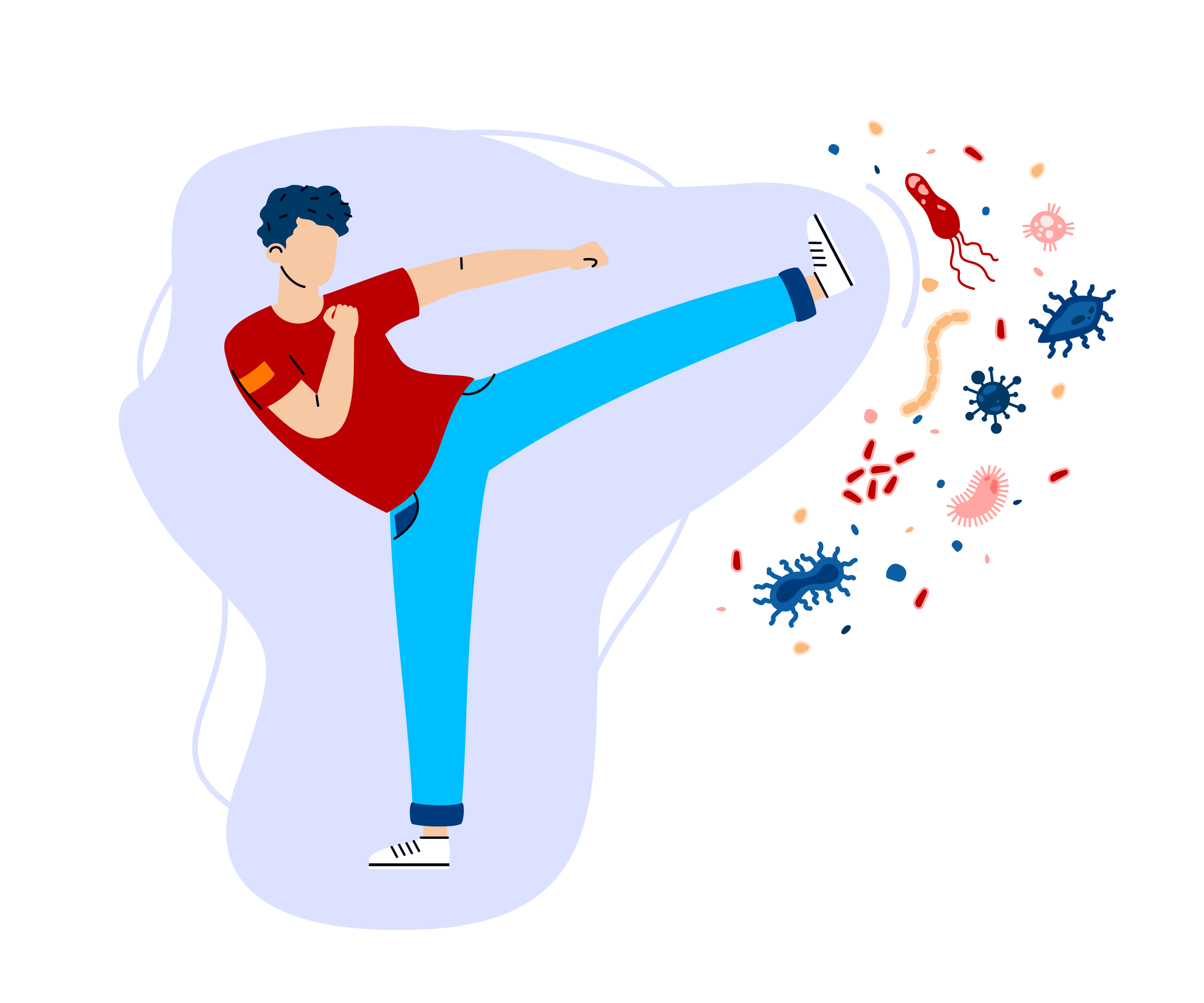
When you first think of your waist to hip ratio, you might be thinking of women with those curvy, hourglass body shapes. Celebrities like Beyonce might pop into your mind, with her small waist and larger hips, which is a body type that many women aspire to have.
It’s true that many people use a person’s waist to hip ratio to judge their attractiveness, but body positivity campaigns actively fight against these media standards of beauty. It is important to watch your waist to hip ratio, but not for vanity purposes. Body image is not what this article is about. There are a few things you need to know about this ratio that has nothing to do with beauty.
In other words, the waist to hip ratio is important for health reasons. Personal trainers, dieticians, doctors and kinesiologists use this ratio for health-related purposes.
For both men and women, a waist to hip ratio is an important measurement to keep track of, for various health reasons.
Why Is Your Waist to Hip Ratio so Important for Your Health?
Andrea Angioli, a Registered Kinesiologist, Certified Personal Trainer and co-founder of Everyday Athletes Gym explains, “The waist-to-hip ratio (WHR) is a quick and easy measure of fat distribution that may help indicate the status of a person’s overall health. People who carry more weight around their middle than their hips may be at a higher risk of developing certain health conditions such as cardiovascular disease, type 2 diabetes, obesity, and it can even impact a woman’s fertility.”
This research study on waist to hip ratio explains the potential impact of an unhealthy WHR on a woman’s fertility. The researchers state, “The probability of successful pregnancy induction is also affected by WHR. Women participating in a donor insemination program have a lower probability of conception if their WHR is greater than 0.8.”
What Is An Unhealthy Ratio?

What is an unhealthy ratio, and how do you know if you have cause for concern? Pamela Barton, a registered holistic nutritionist and natural nutrition-certified practitioner explains, “Waist-to-hip ratio is a measurement that informs people if they already have too much belly fat or not. With this ratio measurement method, both men and women can determine where they stand in that matter. A waist-to-hip ratio is an assessment tool that is easy to understand. The lower the ratio, the better. If the ratio is 1 or higher, it is considered a risk factor for the conditions mentioned above. For men, the ideal ratio is 0.95 or lower and for women, 0.85 or lower is the healthiest.”
Amir Yazdanparast, a certified exercise physiologist with a master of fitness science in Kinesiology explains, “Waist-to-hip ratios are used as a measure of obesity and risk of developing serious health conditions. This ratio is calculated by dividing the waist circumference by hip circumference. The higher the ratio, meaning a larger waist circumference or having abdominal obesity, the higher these health risks. By working to reduce your waist circumference or losing belly fat, you would be able to lower this ratio and lower these health risks.”
How To Calculate Waist To Hip Ratio
Taking an honest measurement of your waist can help you determine if you might have excess belly fat, but a waist-to-hip ratio measurement is something you should do as well.
Angioli explains, “To calculate your waist-to-hip ratio, you need to measure the circumference of both your waist and your hips.”
If you’re wondering how to calculate this ratio and wondering if you can do it yourself, the answer is yes. Wrap a tape measure around your waist at the smallest point, usually around your belly button. The way to take an honest measurement is to breathe in, and then exhale and wrap the tape measure around your waist at the moment you exhale. In other words, don’t suck in.
Next, measure your hips. Wrap the tape measure around your hips at the widest part.
After these quick measurements are complete, you’ll use a calculator to divide your waist size by your hip size and record your ratio. Here is an easy waist-to-hip calculator you can use online to get your ratio. At this point, you’ll know if you have cause for concern or not.
Why is a Larger Waist Circumference and Excess Belly Fat Dangerous?

Excess belly fat and a larger waist circumference can be genetic, but it’s also caused by ongoing poor diet, not enough exercise, as well as stress and sleep issues.
This article explains why excess belly fat can be dangerous and unhealthy.
A larger waist circumference measurement typically means you do have excess belly fat that you will want to address. Some of the health risks associated with too much belly fat include:
- Decreased lung function and breathing problems
- Heart disease and increased risk for heart attacks
- High blood pressure
- Risk of certain cancers such as colon cancer and pancreatic cancer
- Mobility issues and decreased range-of-motion
- Diabetes
- Obesity
How Can You Reduce Your Waist Circumference?
If you want to reduce your waist circumference and lose excess belly fat, this is a very healthy decision. You can of course modify your diet and start exercising more regularly. Stress and sleep affect your belly fat, too, so try to de-stress with meditation or yoga, and improve your sleep hygiene for better sleep.
Genetics come into play as well. CircleDNA includes reports on your waist circumference and body type based on your DNA, as well as information about your optimal diet and exercise routine based on your genetics. If you’d like to learn more about this and get healthier, order a CircleDNA kit today to test your DNA and get a comprehensive health report.






